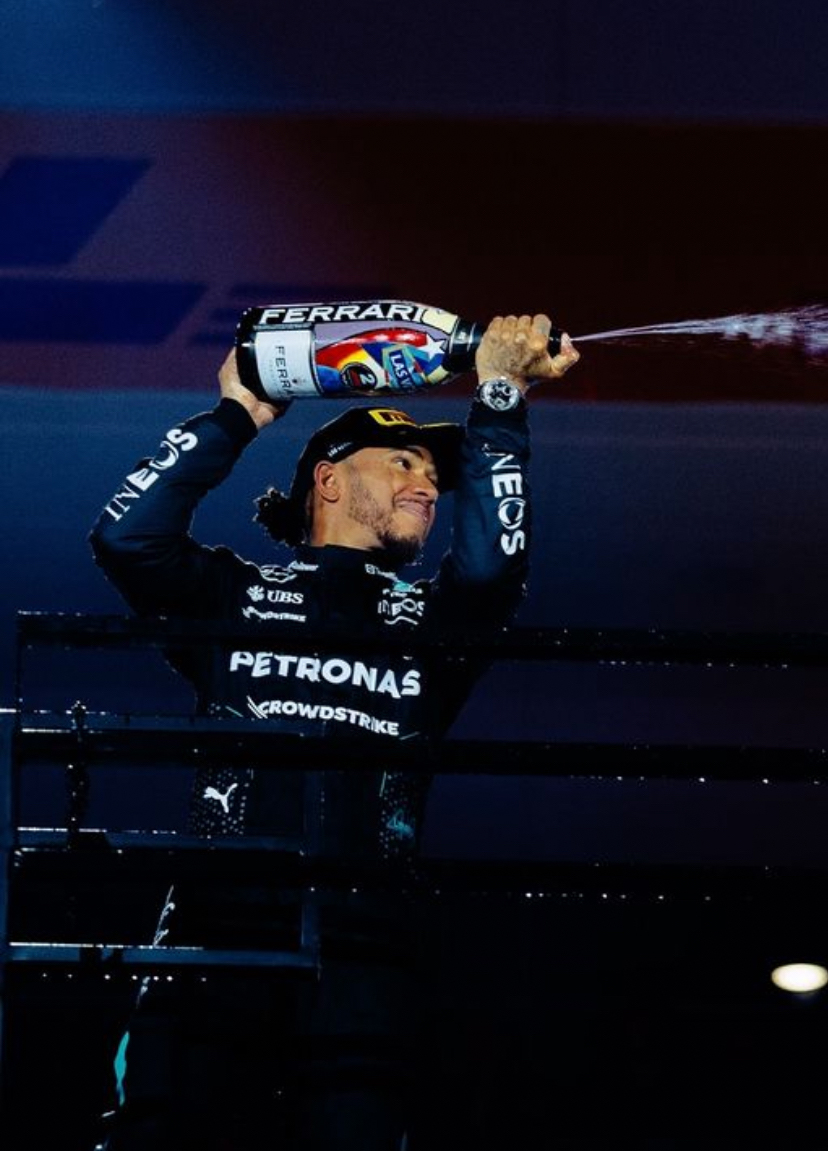The Most Dangerous Tracks in Formula 1

Formula 1 World Champions: A legacy of racing legends
Which F1 tracks are the most dangerous?
Explore the most dangerous tracks in Formula 1 history, including Spa-Francorchamps, Nürburgring, and Monaco. Discover why these circuits are legendary and perilous.
Formula 1 is a sport that thrives on speed, precision, and unparalleled driver skill. However, the very essence of F1—pushing machines to their limits at over 200 mph—also makes it inherently dangerous. Some circuits on the F1 calendar are known for their high-risk elements, with challenging layouts, unpredictable weather, and close barriers testing drivers to their limits. Here’s a look at the most dangerous tracks in Formula 1 history.
Circuit de Spa-Francorchamps (Belgian Grand Prix)
The Spa-Francorchamps Circuit is renowned for its thrilling elevation changes and iconic corners, but it also ranks among the most perilous tracks in Formula 1.
- Notable Hazards: The Eau Rouge-Raidillon complex combines high speed and blind crests, making it one of the most challenging sections in motorsport. Wet weather amplifies the danger, often resulting in dramatic crashes.
- History of Danger: Spa has seen numerous high-profile accidents, including tragic incidents like the 2019 crash in Formula 2 that claimed the life of Anthoine Hubert.
Nürburgring Nordschleife (German Grand Prix)
Dubbed "The Green Hell," the Nürburgring Nordschleife is an icon of motorsport but remains infamous for its difficulty and danger.
- Notable Hazards: With 150 corners and a 20.8-kilometer layout, the track demands absolute precision. Weather conditions often vary between sections, adding unpredictability.
- History of Danger: The Nordschleife has claimed numerous lives, including F1 drivers in its earlier years. Its extreme layout led to its removal from the F1 calendar in favor of safer circuits.
Monaco Grand Prix (Monaco)
Monaco's tight, twisting streets make it one of the most glamorous yet hazardous circuits in Formula 1.
- Notable Hazards: Narrow corners and proximity to barriers leave no room for error. Iconic sections like the Tabac and Rascasse corners test even the most skilled drivers.
- History of Danger: Ayrton Senna’s crash in 1988 exemplifies the unforgiving nature of this track.
Suzuka Circuit (Japanese Grand Prix)
Known for its figure-eight layout, Suzuka combines high-speed corners and technical challenges that demand precision.
- Notable Hazards: Corners like 130R and the Spoon Curve are notorious for their high-risk profiles. Elevation changes further test driver control.
- History of Danger: Suzuka has witnessed tragic moments, including the death of Jules Bianchi in 2014 after a crash in wet conditions.
Silverstone Circuit (British Grand Prix)
The home of the British Grand Prix, Silverstone combines speed and technical precision, making it both thrilling and dangerous.
- Notable Hazards: High-speed sections like Maggotts and Becketts challenge drivers’ reflexes, while corners like Copse have seen significant crashes.
- History of Danger: Silverstone has been the site of numerous high-speed incidents, emphasizing the need for precision at every turn.
Interlagos Circuit (Brazilian Grand Prix)
Interlagos is known for its bumpy surface and unpredictable weather, which have made it the site of dramatic races and dangerous moments.
- Notable Hazards: Elevation changes and limited run-off areas increase the risk of accidents, especially in wet conditions.
- History of Danger: The track’s challenging layout has led to several crashes, including incidents during title-deciding races.
Baku City Circuit (Azerbaijan Grand Prix)
The modern street track in Baku combines long straights with tight corners, creating a high-risk environment.
- Notable Hazards: The castle section and narrow layout leave little margin for error, while high speeds on the straights amplify the consequences of mistakes.
- History of Danger: Since its debut, Baku has seen several dramatic crashes, highlighting its reputation as a challenging circuit.
Conclusion: The Peril and Thrill of F1
While advancements in safety have reduced risks, Formula 1 remains a sport where danger is ever-present. Tracks like Spa-Francorchamps, Nürburgring, and Suzuka remind us of the fine line between precision and peril. These circuits are a testament to the skill and bravery of F1 drivers, who continue to push the limits on some of the most dangerous tracks in motorsport.
Up Next


